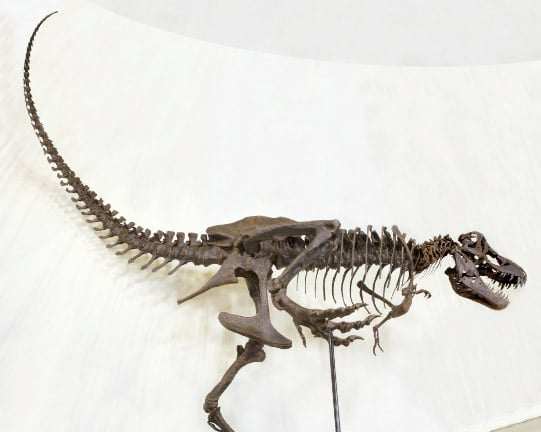

Time: allow 15 minutes to complete this activity.Ĭurriculum Links: English, Science, History ‘The skeletons should be donated to a museum!’ Do you agree with this statement? Write a list of points or arguments that would convince someone else to agree with your opinion. Why does Mr Link hope a museum would buy the T-Rex?.What is the name of the most expensive T-Rex and how much did it sell for?.Where did the bone material of this T-Rex come from?.


indicating: to point out or point to direct attention to.restored: to bring back to a former, original, or normal condition.well-preserved: having been maintained in good condition.auction catalogue: list of items to be sold at an auction.dubbed: given a specified name, title, nickname.Mr Link said Koller was intent on being transparent* about the origins of the bones that make up Trinity. The two sites are known for the discoveries of two other significant T-Rex skeletons that have gone to auction: the first called Sue went under the hammer in 1997 for $8.4 million, and the second named Stan, which took the world-record hammer price of $31.8 million in 2020. They were excavated between 20 from Hell Creek and Lance Creek in Montana and Wyoming in the United States, the auction catalogue said. The Trinity skeleton is made up of bone material from three T-Rex specimens*. Koller pointed to a 2021 study in the scientific journal Nature indicating* that only 32 skeletons of adult T-Rex’s, one of the largest terrestrial* predators* ever to walk the Earth, had been found worldwide. The sale would mark only the third time worldwide that a skeleton of an entire T-Rex dinosaur of exceptional quality will be offered at auction. Trinity is “one of the most spectacular T-Rex skeletons in existence, a well-preserved* and brilliantly restored* fossil,” the auction house said. (Photo by Oliver NANZIG / KOLLER AUCTION HOUSE / AFP) Media_camera Koller Auction house shows a Tyrannosaurus-Rex skeleton dating back 67 million years which will be auctioned in Switzerland on April 18, 2023.


 0 kommentar(er)
0 kommentar(er)
